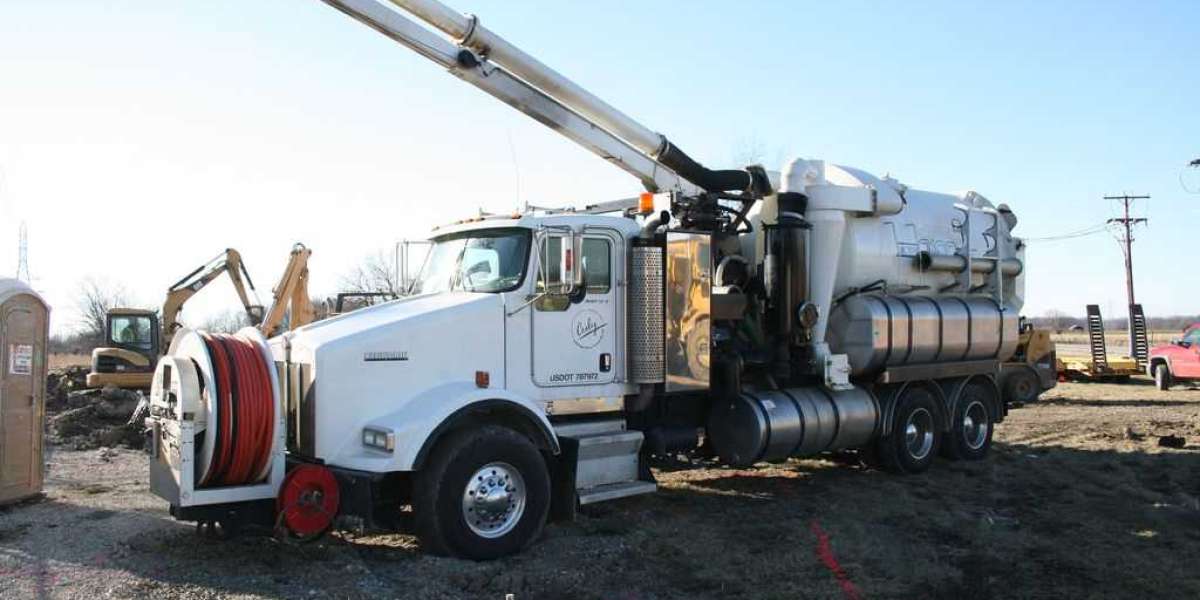1. Rise of Smart Mobility Solutions
One of the most significant trends in mobility development is the integration of smart mobility solutions. Artificial intelligence (AI) and the Internet of Things (IoT) are now widely used to enhance transportation efficiency. AI-powered algorithms help optimize traffic flow, reduce congestion, and predict travel demand, improving urban mobility.
Big data analytics is another critical component of smart mobility. By collecting and analyzing vast amounts of transportation data, cities can develop better strategies for managing traffic and improving public transit efficiency. Predictive analytics, for example, enables authorities to anticipate and mitigate congestion before it occurs, leading to smoother and more reliable travel experiences.
2. Growth of Electric and Sustainable Mobility
The push towards sustainability has led to the widespread adoption of electric mobility solutions. Governments and private companies are investing heavily in EV infrastructure, including charging stations and battery technology, to support the transition to cleaner transportation.
With the rise of renewable energy sources, EVs are becoming more cost-effective and efficient. Policies promoting carbon neutrality and emission-free cities are accelerating this transition. Additionally, sustainable mobility solutions such as hydrogen fuel cells and solar-powered vehicles are gaining traction, providing alternatives to traditional fossil fuel transportation.
3. Advancements in Autonomous and Connected Vehicles
The future of mobility is increasingly reliant on autonomous and connected vehicles (CAVs). Companies like Tesla, Waymo, and major automotive manufacturers are investing in self-driving technology to enhance safety, reduce human error, and improve fuel efficiency.
One of the key enablers of autonomous mobility is 5G connectivity. High-speed, low-latency networks allow vehicles to communicate in real time with traffic signals, road infrastructure, and other cars, improving overall traffic efficiency. The rise of vehicle-to-everything (V2X) technology ensures seamless coordination between autonomous vehicles and urban infrastructure.
However, challenges such as regulatory approvals, cybersecurity risks, and public acceptance remain hurdles in fully realizing autonomous mobility.
4. Expansion of Mobility-as-a-Service (MaaS)
Mobility-as-a-Service (MaaS) is revolutionizing urban transportation by offering a seamless, app-based mobility ecosystem. MaaS integrates different transport services—such as ride-sharing, public transit, bike-sharing, and micro-mobility—into a single platform, making commuting more convenient for users.
By providing flexible and cost-effective alternatives to private car ownership, MaaS reduces traffic congestion, lowers carbon emissions, and enhances accessibility in urban areas. Cities worldwide are partnering with private mobility providers to develop unified mobility platforms that simplify commuting experiences.
5. Smart Infrastructure and Urban Mobility Planning
Modern cities are increasingly investing in smart infrastructure to support efficient mobility services. Digital twin technology—which creates virtual replicas of real-world environments—is helping city planners optimize transportation networks and anticipate potential infrastructure challenges.
Additionally, intelligent traffic systems (ITS) leverage real-time data analytics to manage traffic flow, adjust signal timings dynamically, and reduce congestion. Smart roads, embedded with IoT sensors, enhance communication between vehicles and infrastructure, further improving safety and efficiency.
6. Integration of Blockchain and Cybersecurity in Mobility
As mobility services become more connected, cybersecurity and data protection are critical concerns. Blockchain technology is emerging as a powerful tool to secure transactions and data within transportation networks.
Blockchain-based solutions ensure tamper-proof records of vehicle ownership, ride-sharing payments, and smart contracts, reducing fraud and increasing trust in mobility services. Additionally, robust cybersecurity measures are necessary to protect autonomous and connected vehicles from hacking threats that could compromise road safety.
7. Future of Mobility Development Services
Looking ahead, the future of mobility development services will be shaped by advancements in AI-driven transportation planning, zero-emission transport, and hyperloop technologies.
Cities must adapt to changing trends by investing in infrastructure that supports next-generation mobility solutions. Meanwhile, governments, technology companies, and transportation agencies must collaborate to create policies that facilitate the smooth integration of innovative mobility solutions into everyday life.
Conclusion
The landscape of mobility development services is evolving rapidly, driven by smart technology, sustainability, and innovation. From AI-powered traffic management and electric mobility to autonomous vehicles and blockchain security, these trends are shaping the future of transportation. By embracing these innovations, cities and businesses can create more efficient, sustainable, and connected mobility ecosystems that benefit both commuters and the environment. The future of mobility is not just about moving from one place to another—it is about doing so in a way that is smarter, safer, and more sustainable.







